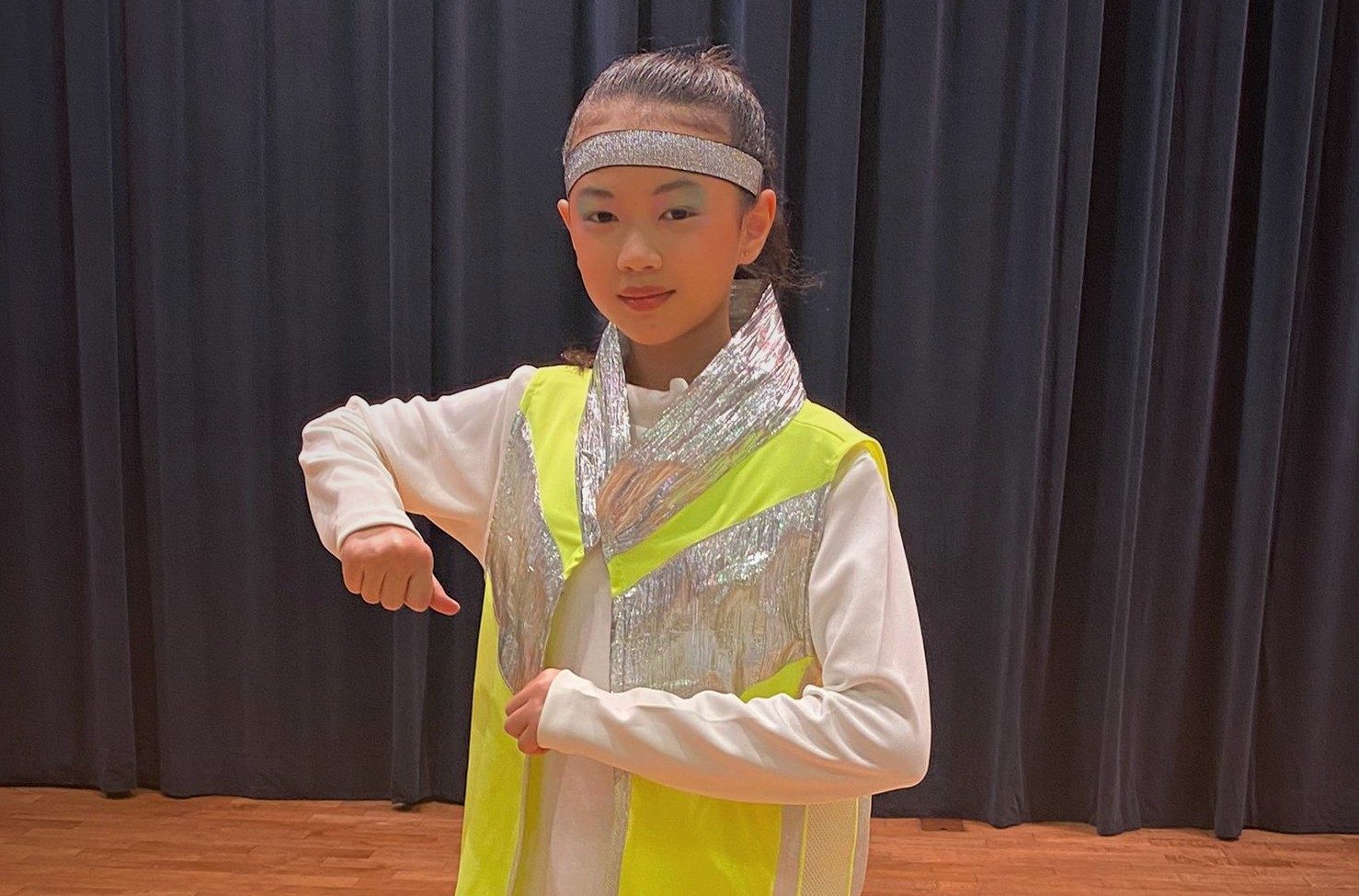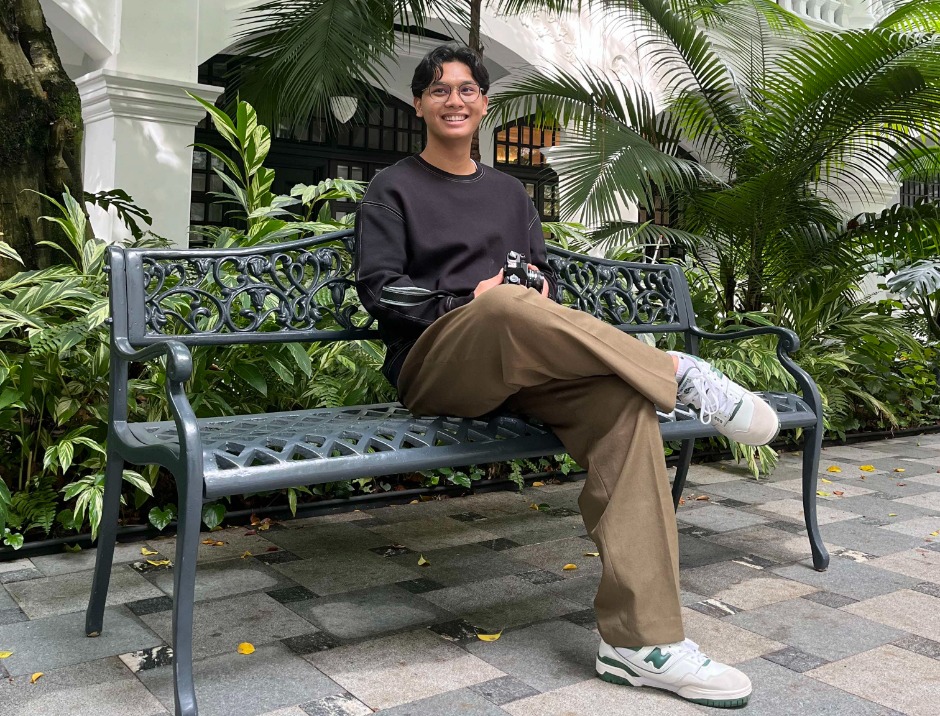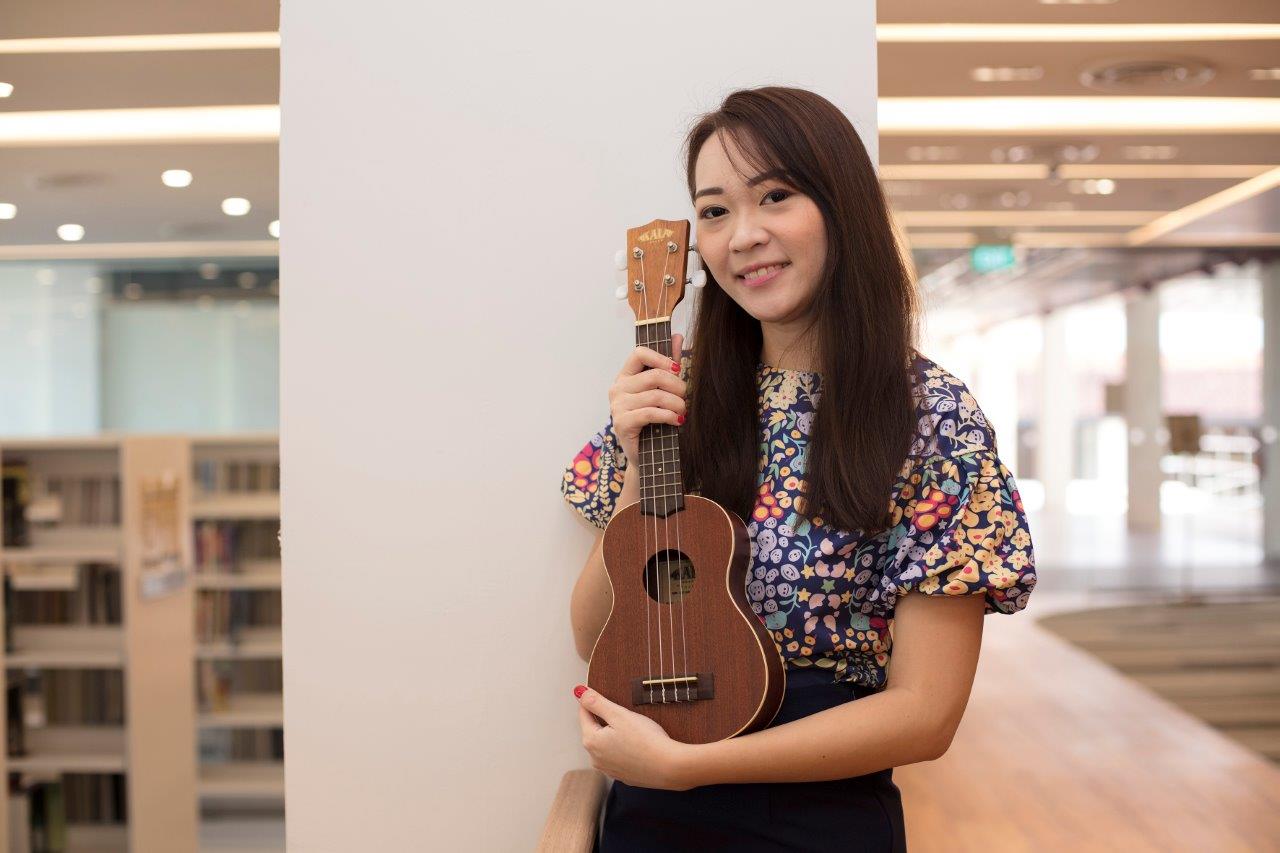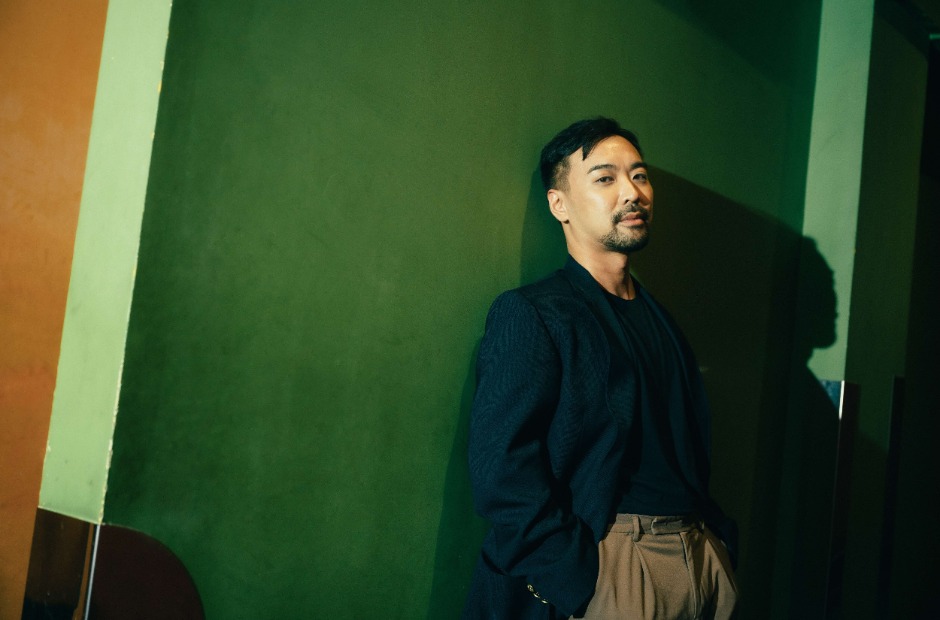You can have two left feet and still shimmy your way into a dance CCA at New Town Primary School.
The school has not one but three co-curricular activities (CCAs) related to dance, and everyone – with or without a dance background – is welcome.
The school believes in the power of dance to shape character and build values, which is why no auditions are held for anyone keen to take part, says Mr Vincent Heng, the HOD for Physical Education and Co-curricular Activities (CCA). “As long as students have an interest in dance, we will guide them in developing it.”
CCAs are instrumental in the holistic development of students in Singapore. They get to discover their interest and talents and build character as they learn and interact with their CCA mates. For students who take up a performing arts CCA, the chance to learn an artform and perform or contribute to a performance. Apart from growing through the physical demands of performance, there is also the intrinsic benefits.
The Singapore Youth Festival (SYF) Arts Presentation is a key platform for them to showcase their talents and abilities, with primary schools, secondary schools, junior colleges and Millenia Institute taking part every other year. We speak to some primary school students on their experience preparing for their arts presentation last year.
Dancing “improves our social skills”
New Town Primary School offers Chinese Dance, Malay Dance and Modern Dance as CCAs.
“We also provide various platforms for students to participate in dance activities as much as possible, the SYF Arts presentation being one of them,” says Mr Heng. “These opportunities allow our dancers to build rapport with their peers and teach them to overcome challenges as a team.”

Evannie striking a hip hop pose for her performance at the Singapore Youth Festival.
Primary 6 student, Evannie Kho Jia Wei, signed up for Modern Dance as she likes expressing her feelings through movement and the contemporary beats. “I especially enjoy hip hop because dancing to the fast music makes me feel alive and energised,” says Evannie. “Being in dance has helped me with my social skills. I’ve learned to work together with others,” Evannie adds. “I was nervous for my first SYF Arts Presentation, but it was fun. I was proud to see what we managed to achieve on stage.”

Siti Safiyya Binte Azmi practising the Asli dance with her CCA mates for their performance at the SYF Arts Presentation.
Her schoolmate, Primary 6 student Siti Safiyya Binte Azmi, enjoys the slow and graceful steps of the Asli dance in Malay Dance. She agrees that the rehearsals have helped her to learn how to better interact with her peers. “I have learned to be patient when guiding my juniors and find it worthwhile when they finally do the steps well for our SYF performance,” says Siti.
Mentoring skills grow as they band together

Primary 6 student Nuraisyah Sofea (left) practising the tenor horn with Cinta Nur Kasih, who is in Primary 4.
Over at Fuchun Primary School, the brass band had to practise online because of the Covid-19 pandemic. “Carrying on band practices online and not giving up is testimony to our students’ passion for music,” says Ms Nur Hasyimah Surni, the teacher-in-charge of the CCA.
Now that rehearsals are back in person, band members can finally connect and support one another more spontaneously. The very nature of playing in a band – having to play in harmony and keep time with one another – is great for building camaraderie and team spirit. “The Primary 6 students stepped up to mentor their juniors,” adds Ms Nur Hasyimah. “We are so proud of them.”

The Fuchun Primary Brass Band was established in 1994 and is one of five CCAs under the school’s Learn for Life Programme
The brass band seniors set aside time to tutor their juniors who are just starting out on their instruments. Primary 4 student Yeo Yu Jie is one of the juniors who benefitted from this – he picked up the trombone only last year and thanks to coaching from his seniors, was good enough to play at the SYF arts presentation.
“I find the trombone interesting to play because it has no ‘buttons’ like the other brass instruments (referring to the use of a sliding tube to change notes instead of pressing valves). I enjoy the challenge of remembering the different positions to get the right note,” he says.
Yu Jie started learning the trombone and performing at the SYF in the same year, thanks to extra coaching from his seniors.
Learning teamwork and self-motivation while making music

Introducing the combined Angklung and Kulintang Ensemble from Townsville Primary and Guangyang Primary School.
The tuneful strains of the angklung and kulintang are familiar to students of Townsville Primary School and Guangyang Primary School. Their schools offer angklung and kulintang ensembles as a CCA, where students sign up to play the two traditional bamboo instruments from Indonesia – the angklung is handheld and the kulintang is struck like a xylophone.
Last year was special as the two ensembles came together in a combined performance at the SYF Arts Presentation. This meant a larger group of players (all 34 of them), which called for greater discipline in each student and as a team in coordinating their practices and rehearsals. The result was worth it – they were able to present Raging Bamboo, composed by Singapore composer Lee Wen Xiang, which is a richer and more complex piece of music than they have ever attempted.

Students from the two schools rehearsing together.
.jpg)
Nur Nisa Shafiqa, a Primary 3 student from Guangyang Primary School, with the ‘C’ note angklung.
Nur Nisa Shafiqa, a Primary 3 student from Guangyang Primary School, first learned to play the angklung in kindergarten. She found it challenging but practising with her friends helped her to improve.
“The angklungs usually play the melody of the piece,” says Nisa. “One angklung on its own may look easy to handle but to play a whole piece of music, many different angklungs must work together. It requires teamwork.
The collaboration also motivated her to work harder, she adds. “The angklung players from Townville Primary are resilient and do not give up easily. They inspired me to keep on practising to overcome our mistakes.”






